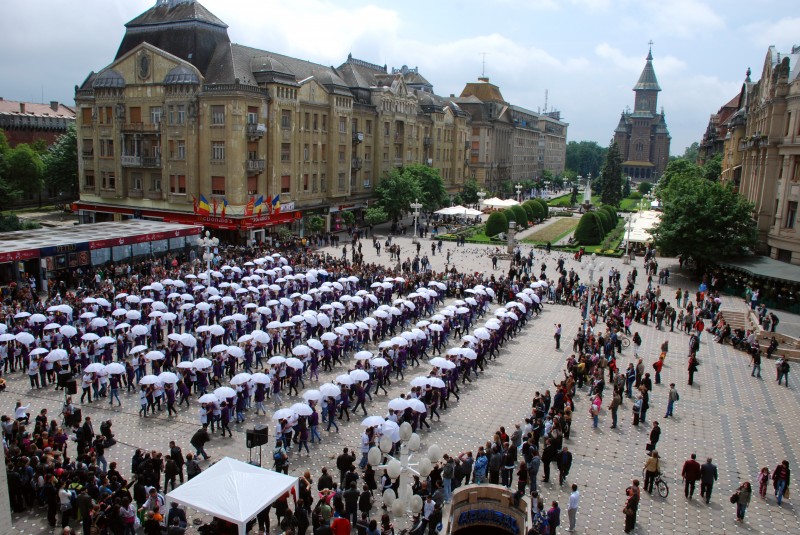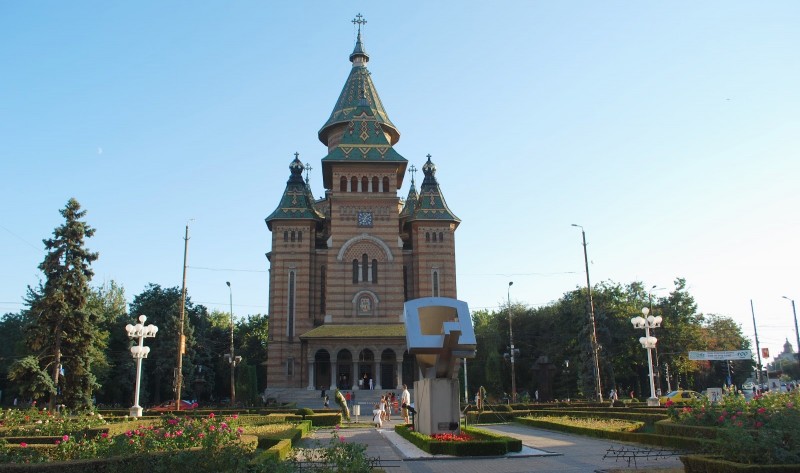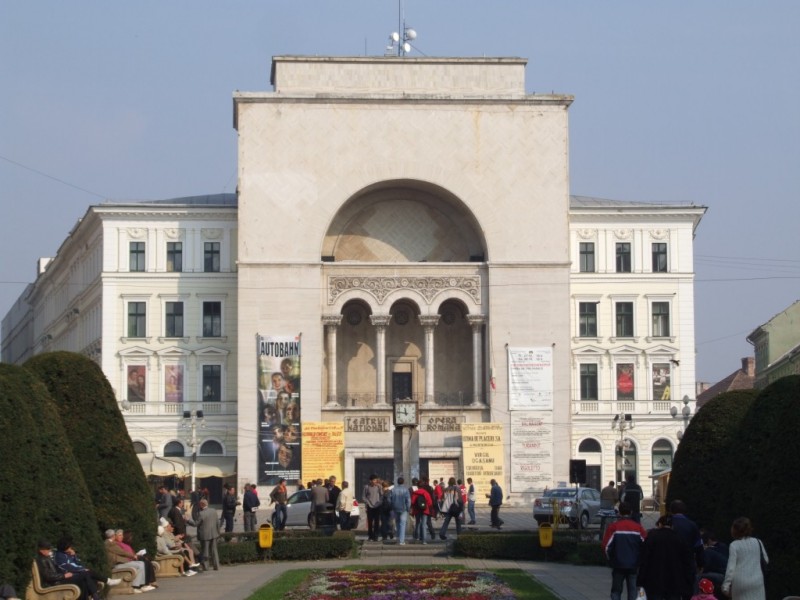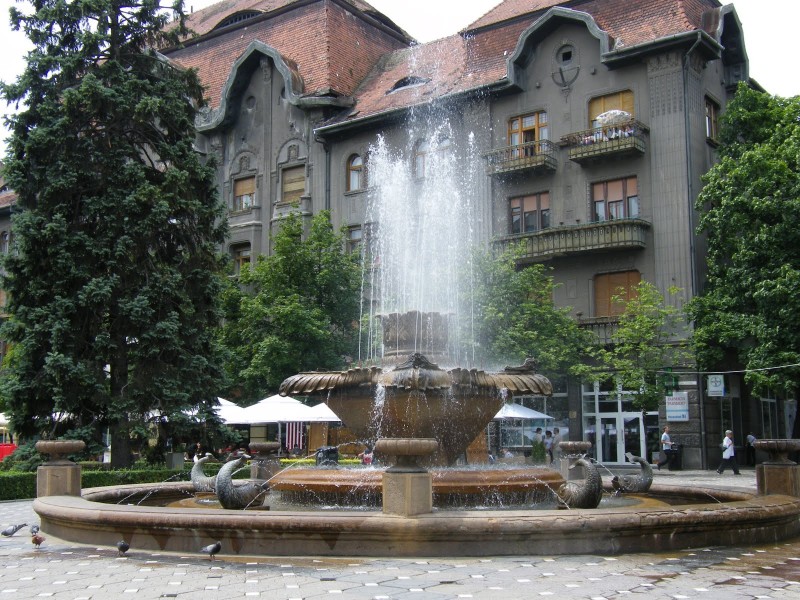Piata Victoriei (Victoria Square)
Victoria Square (Piata Victoriei), known as the Opera Square, the main square of Timisoara. On two sides of the square is small Opera House (north) and the Metropolitan Cathedral (south), two dntre most representative architectural monuments of the city. Side of the promenade from the Opera of the Cathedral is called Corso, and the other, Surrogate. Victoria Square was designed in the early twentieth century, the place of the old fortress fortifications, which were demolished to allow development of the city.
Initially the market was seen as an esplanade with restaurants and luxury shops. In the mid twentieth century, the market was practically closed by the appearance of the cathedral and blocks of flats on the side Substitutes. In the 80s of last century, with the removal of tramways, the market has become a pedestrian only area. On December 20, 1989, the crowd here was to proclaim Timisoara close as the first city free of communism in Romania.
Metropolitan Cathedral
Metropolitan Cathedral Timisoara Orthodox rite, dedicated to the Three Hierarchs, the largest religious edifice in the city and was built between 1936 and 1940, seven years before the creation of Metropolitan of Banat. Church bells and crosses were consecrated in 1938, but finishes, interior and exterior paintings were finished only in 1956 because of war. The inauguration was done in 1946, in the presence of King Mihai and the prime minister, Petru Groza.
Combines Byzantine architecture styles and Moldovan. The seven bells have a total weight of 8 tons were made from material brought from the islands of Sumatra and Borneo and was harmonized by composer Sabin Dragoi. Interior and exterior paintings were executed by Demian Athanasius painter. It has 11 towers and the main tower measures 83.7 meters. Foundation has a reinforced concrete slab, which is supported by over 1,000 concrete pillars thrust up to 20 m depth. Cathedral has a length of 63 m and a width of 32 m
In the basement there is a collection of religious art Banat and a valuable collection of old icons. Cathedral houses the relics of Saint John the New Party was an Orthodox bishop of Timisoara (1651-1655), came from Mount Athos and then withdrew to the monastery of the parties. Altar from the basement side includes Metropolitan of Banat necropolis.
Opera (Theater)
Construction began in 1871, after the Viennese architects Helmer and Fellner plans (construction of many theaters in Europe - Budapest, Vienna, Odessa) and was completed in 1875. Initially, the building was outside the Renaissance style. Two large fires have devastated the building in 1880 and 1920. After the second fire, after which they left intact only the wings reconstruction was done by architect Mark Duiliu, keeping the original style side only. The facade and auditorium was adopted Byzantine style. Unique case in the world, Romanian Opera House hosts also Mihai Eminescu National Theatre, State Theatre Csiky Hungarian Gergely and German State Theatre, was built in 1872. On December 20, 1989, from balconu this building, Timisoara revolutionaries read the proclamation that declared the first city was free of communism in Romania.
Latura Corso
Corso side (Latura Corso) are, from Opera, the old building of Hotel Timisoara, followed by Lloyd Palaces (built in 1912, currently hosts Polytechnic University Rector and, downstairs, the old international cuisine), Neuhausz, Merbl, Dauerbach Hilti and Szechenyi, all built in the first part of this century.
Latura Surogat
Substitutes side, which is an extension of Alba Iulia Street (pedestrian zone with many shops), The Palace Loffler, followed by the Palace Chamber of Commerce, Industry and Agriculture of Timisoara, the side being closed, the Cathedral, with blocks homes built in the 60s of last century.
Lupoaica cu puii (Wolf with pups)
The green space in the central square is the statue of wolf pups, placed on a column 5 feet tall Romanian. The statue is a replica of the Capitoline Magnifier, given to Timisoara, in 1926 the Municipality of Rome, to evoke the common roots of Roman and Italian people. Two other such responses were given to cities Cluj and Bucharest.
Fantana arteziana "la pesti"
Victoria Square is the center a fountain, known in the collective memory of Timisoara as well "to fish". Built in 1957, was originally star-shaped basin with 5 corners.






